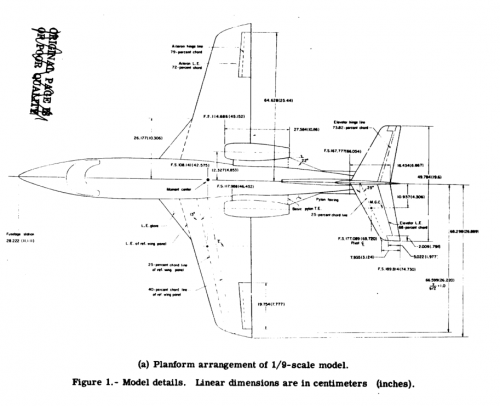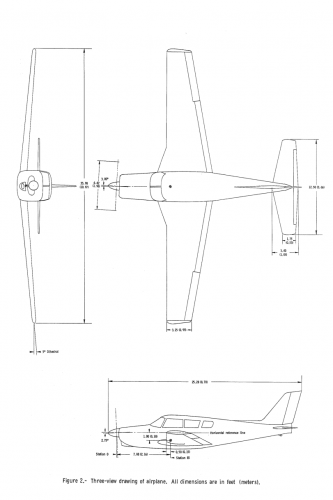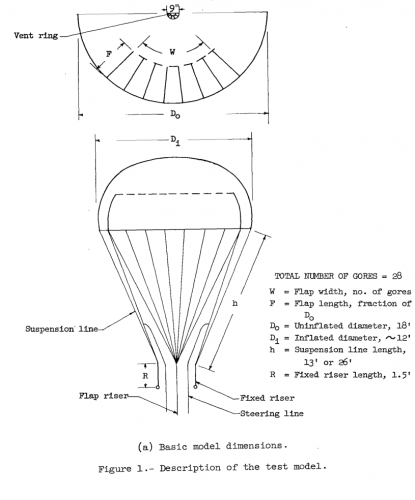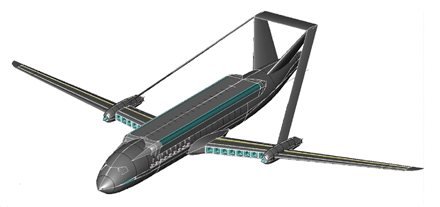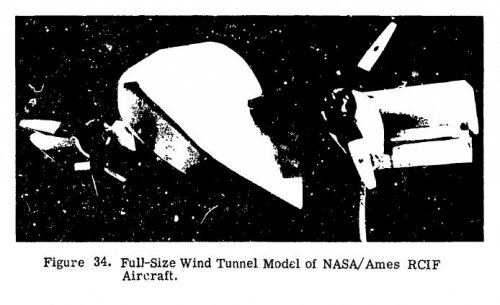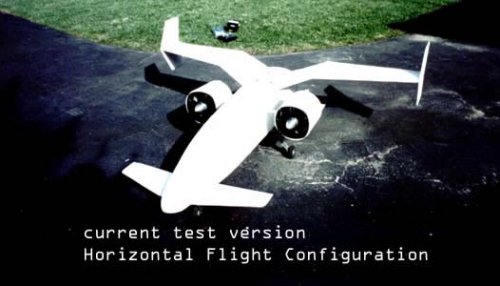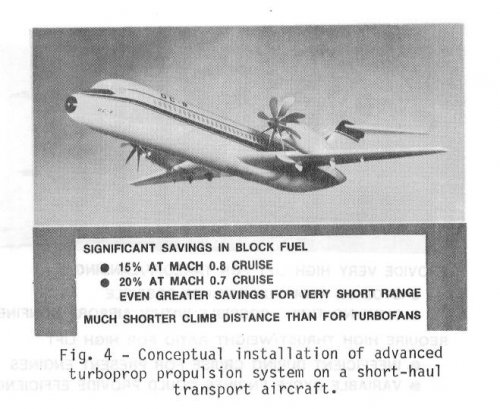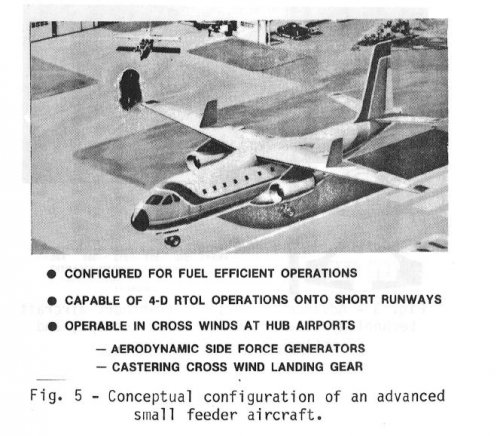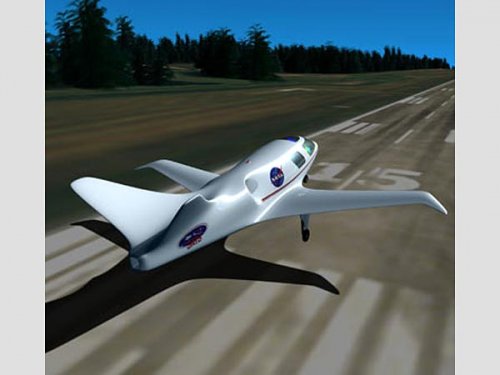- Joined
- 16 December 2010
- Messages
- 3,743
- Reaction score
- 4,070
A 1/9 scale model of an existing executive type jet transport refitted with a supercritical wing was tested on in the 8 foot transonic pressure tunnel. The supercritical wing had the same sweep as the original airplane wing but had maximum thickness chord ratios 33 percent larger at the mean geometric chord and almost 50 percent larger at the wing-fuselage juncture. Wing pressure distributions and fuselage pressure distributions in the vicinity of the left nacelle were measured at Mach numbers from 0.25 to 0.90 at angles of attack that generally varied from -2 deg to 10 deg. Results are presented in tabular form without analysis.
http://ntrs.nasa.gov/archive/nasa/casi.ntrs.nasa.gov/19830002799_1983002799.pdf

